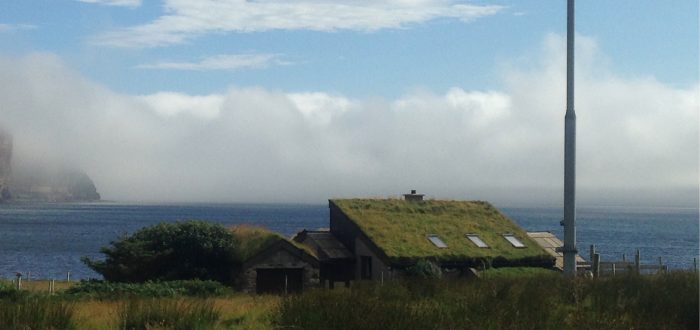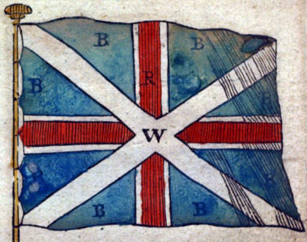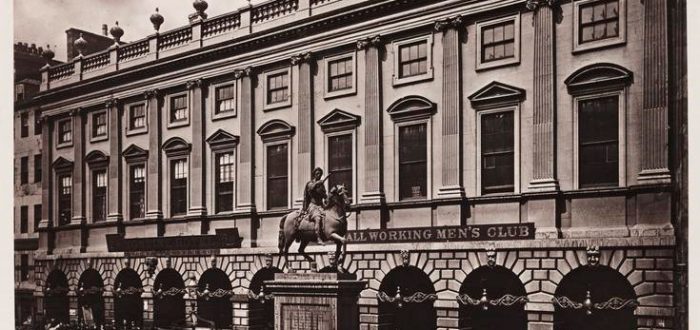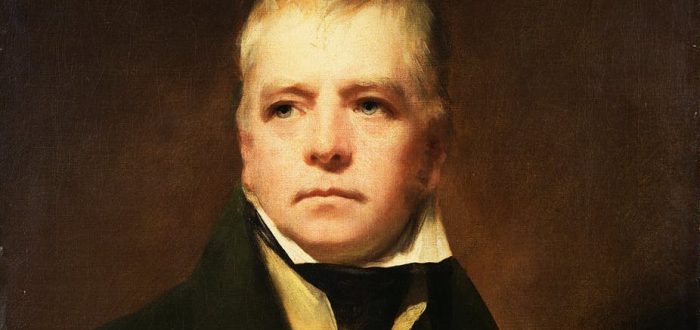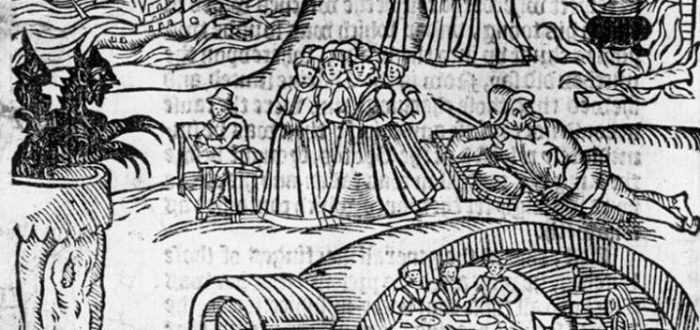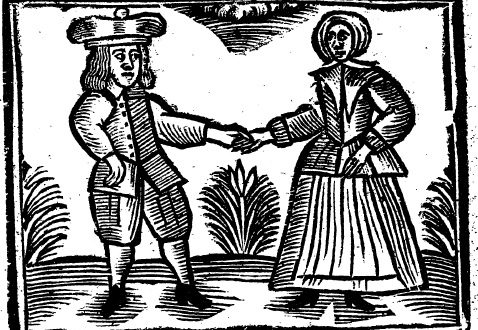In an exclusive preview of his new book, Professor Graeme Morton explores the rise of meteorological science in the nineteenth century, and asks how it might have related to the Scottish experience of mass emigration. Even when the rain and temperature gauge, the barometer and anemometer were commonly used to record meteorological observations, the popularity
Blog Archives
The Union of 1707 did not come out of nowhere; Scots had been discussing the concept almost ceaselessly throughout the 17th century. Dr Allan Kennedy outlines the major models of Union they came up with, demonstrating that the form adopted in 1707 was by no means the only possible version. Follow Allan of Twitter at
A plot-point in numerous books, films, and TV shows, the tontine is among the most notorious financial products every devised. But, as Dr Andrew McDiarmid explains, this most infamous of investment schemes had a notable – and broadly positive – impact on Scotland during the early 19th century. Follow Andrew on Twitter at @apmcdiarmid1. From
The Centre for Scottish Culture was delighted to learn that our History Lecturer, Dr Allan Kennedy, has been awarded the inaugural Birlinn Prize for Scottish Local History! The prize is awarded annually to the best paper published in the journal Scottish Local History. Allan’s paper, which was named-joint winner, is entitled ‘Cromwell’s Highland Stronghold: The
The Centre for Scottish Culture was delighted to learn that our PhD candidate, Sylvia Valentine, has recently succeeded in publishing some of her exciting research! Sylvia’s article, ‘Meet the vegetarian anti-vaxxers who led the smallpox inoculation backlash in Victorian Britain’, appeared in the most recent issue of Little Doric: The Journal of the Aberdeen Branch
Although the great Scottish writer Sir Walter Scott is most famous as a historical novelist, his work is also notable for frequently exploring supernatural themes. With Halloween just behind us, Dr Daniel Cook delves into Scott’s prose and picks out seven of his spookiest stories. Follow Daniel on Twitter at @drdanielcook. Still revered as one
With Hallowe’en nearly upon us, Dr Allan Kennedy gets into the spooky spirit by telling the story of the supposed witches’ coven discovered in Crook of Devon, Kinross-shire, in 1662. Follow Allan on Twitter at: @Allan_D_Kennedy Between 1563 and 1736, roughly 4,000 Scots, mainly women, were accused of witchcraft. Of these, perhaps 2,500 were
Dr Allan Kennedy tells the story of the little-known bandit Calum Og McGrigor, who terrorised the Stirlingshire area throughout the 1660s, and asks what his crimes can tell us about deviance and marginality in 17th-century Scotland. Follow Allan on Twitter at: @Allan_D_Kennedy Banditry was a major problem in 17th-century Scotland, particularly the Highlands.
Continuing his exploration of the rich and fascinating papers of West Lothian laird Sir Walter Dundas (1562-1636), Dr Alan MacDonald grapples with an age-old problem: how many legs are there on a goose? Follow Alan on Twitter at @estaitis In 1616, John Meek was in arrears of rent to the laird of Dundas in West Lothian.
Dr Allan Kennedy looks at the vogue for Scotland-based popular songs in Restoration England, asking what their subject-matter was, and what they can tell us about English attitudes towards Scotland in the later 17th century. Follow Allan on Twitter at: @Allan_D_Kennedy The Restoration (1660-c.1688) is well known as an age of exuberant artistic expression in

